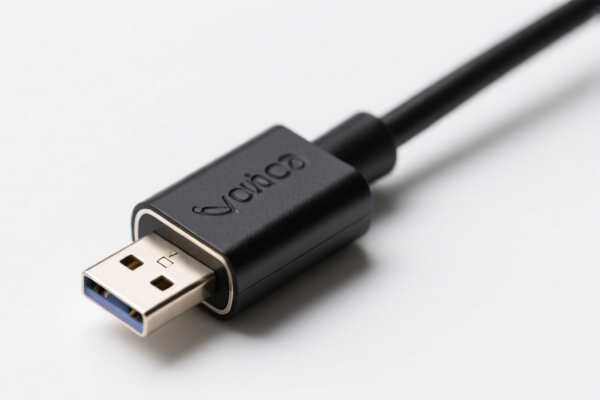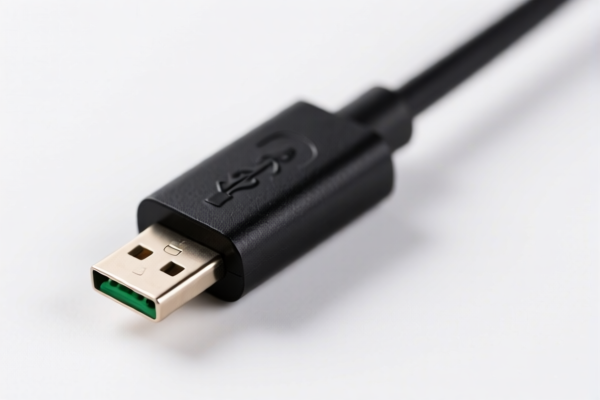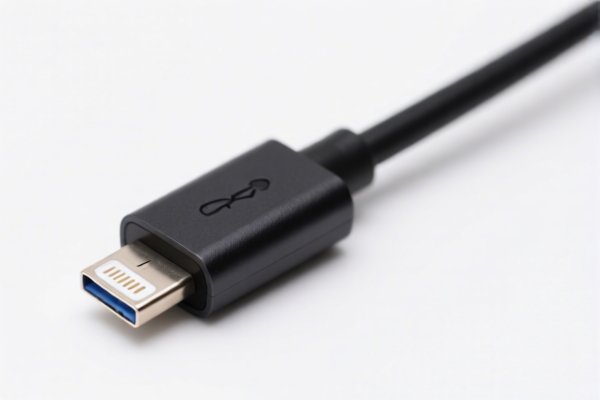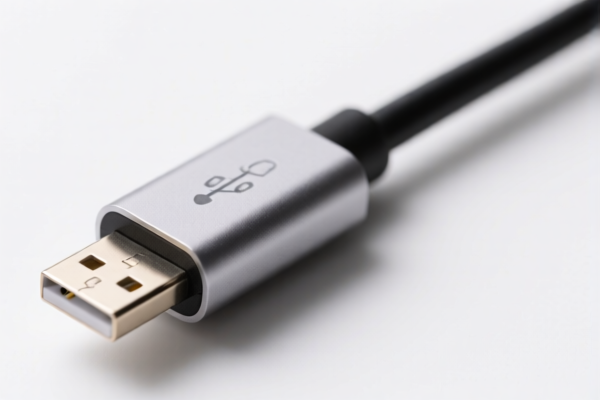| HS Code | Official Doc | Tariff Rate | Origin | Destination | Effective Date |
|---|---|---|---|---|---|
| 8536100040 | Doc | 57.7% | CN | US | 2025-05-12 |
| 8536610000 | Doc | 57.7% | CN | US | 2025-05-12 |
| 8548000000 | Doc | 55.0% | CN | US | 2025-05-12 |
| 8504406001 | Doc | 55.0% | CN | US | 2025-05-12 |
| 8504409510 | Doc | 55.0% | CN | US | 2025-05-12 |




Power Adapter Plug
A power adapter plug (often simply called a plug) is a connector used to connect electrical devices to a power source, typically an electrical outlet. It facilitates the transfer of electrical power from the outlet to the device, enabling its operation. These plugs are characterized by their varying configurations based on regional standards and the device's power requirements.
Material
Plugs are commonly constructed from:
- Plastic: Provides insulation and structural support. Common plastics include PVC, Polycarbonate, and ABS.
- Metal: Brass, copper, and steel are used for the conductive pins and internal components, ensuring efficient electrical contact and durability. Silver or nickel plating is often applied to improve conductivity and resistance to corrosion.
- Flame-Retardant Materials: Modern plugs incorporate flame-retardant plastics to enhance safety and prevent fire hazards.
Purpose
The primary purpose of a power adapter plug is to:
- Connect to Power Source: Establish a physical and electrical connection between the device and the mains electricity supply.
- Provide Electrical Isolation: Insulate the user from live electrical components, preventing electric shock.
- Enable Power Transfer: Efficiently conduct electricity from the outlet to the device.
- Compatibility: Allow devices designed for different voltage and frequency standards to operate in various regions (when used with appropriate adapter types).
Function
The function of a plug relies on several key components:
- Pins: Conductive elements that insert into the corresponding holes in the electrical outlet. The number and arrangement of pins vary by standard.
- Insulation: Surrounds the pins and other conductive parts, preventing short circuits and electrical hazards.
- Housing: Provides structural support and protects the internal components.
- Grounding (Earth) Pin (in some types): Provides a safety path for fault currents, reducing the risk of electric shock.
- Fuse (in some types): Protects the device from overcurrents and short circuits.
Usage Scenarios
Power adapter plugs are used in a wide range of applications:
- Household Appliances: Connecting lamps, televisions, refrigerators, and other common household items.
- Electronics: Powering computers, smartphones, chargers, and other electronic devices.
- Industrial Equipment: Connecting machinery, tools, and other industrial devices.
- Travel: Adapting devices to different electrical systems in foreign countries.
Common Types
Plugs are categorized by regional standards. Some of the most common types include:
- Type A: Primarily used in North America, Japan, and China. Two flat pins.
- Type B: Used in North America. Two flat pins with a grounding pin.
- Type C: Common in Europe, South America, and Asia. Two round pins.
- Type D: Used in India, Nepal, and Sri Lanka. Three round pins.
- Type E: Used in France, Belgium, Poland, Slovakia, Czech Republic, and others. Two round pins with a grounding pin.
- Type F: Common in Germany, Russia, and many European countries. Two round pins with a grounding pin. (Schuko plug)
- Type G: Used in the United Kingdom, Ireland, Malta, Malaysia, and others. Three rectangular pins.
- Type H: Used in Israel. Three round pins.
- Type I: Used in Australia, New Zealand, Argentina, and others. Three flat pins.
- Type J: Used in Switzerland and Liechtenstein. Three round pins.
- Type K: Used in Denmark and Greenland. Two round pins.
- Type L: Used in Italy and Chile. Three round pins.
- Type M: Used in South Africa. Three large round pins.
- Type N: Used in Brazil. Two round pins.
It's important to note that some countries may use a combination of plug types. Travel adapters are often used to convert plugs for compatibility with different electrical systems.
Based on the provided information, “power adapter plug” can be classified under the following HS codes:
-
8536100040: This HS code covers electrical apparatus for switching or protecting electrical circuits, or for making connections to or in electrical circuits (for example, switches, relays, fuses, surge suppressors, plugs, sockets, lamp-holders and other connectors, junction boxes), for a voltage not exceeding 1,000 V; connectors for optical fibers, optical fiber bundles or cables: Fuses Other. The tariff details are a basic duty of 2.7%, an additional tariff of 25.0%, and an additional tariff of 30.0% after April 2, 2025, resulting in a total tariff of 57.7%. This code specifically includes plugs.
-
8536610000: This HS code covers electrical apparatus for switching or protecting electrical circuits, or for making connections to or in electrical circuits (for example, switches, relays, fuses, surge suppressors, plugs, sockets, lamp-holders and other connectors, junction boxes), for a voltage not exceeding 1,000 V; connectors for optical fibers, optical fiber bundles or cables: Lamp-holders, plugs and sockets: Lamp-holders. The tariff details are a basic duty of 2.7%, an additional tariff of 25.0%, and an additional tariff of 30.0% after April 2, 2025, resulting in a total tariff of 57.7%. This code specifically includes plugs.
-
8504409510: This HS code covers electrical transformers, static converters (for example, rectifiers) and inductors; parts thereof: Static converters: Other Rectifiers and rectifying apparatus: Power supplies: With a power output not exceeding 50 W. The tariff details are a basic duty of 0.0%, an additional tariff of 25.0%, and an additional tariff of 30.0% after April 2, 2025, resulting in a total tariff of 55.0%. This code applies to power supplies with a power output not exceeding 50W.
Please Note:
Regarding HS codes 8536100040 and 8536610000, the applicable tariff is 57.7%. Regarding HS code 8504409510, the applicable tariff is 55.0%, but it is only applicable to power supplies with a power output not exceeding 50W.
Customer Reviews
No reviews yet.